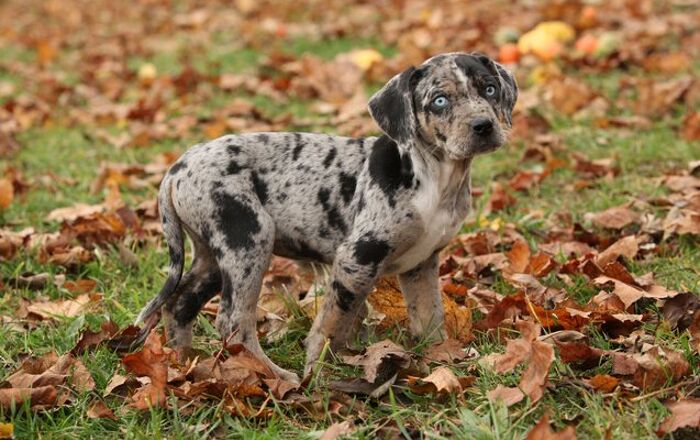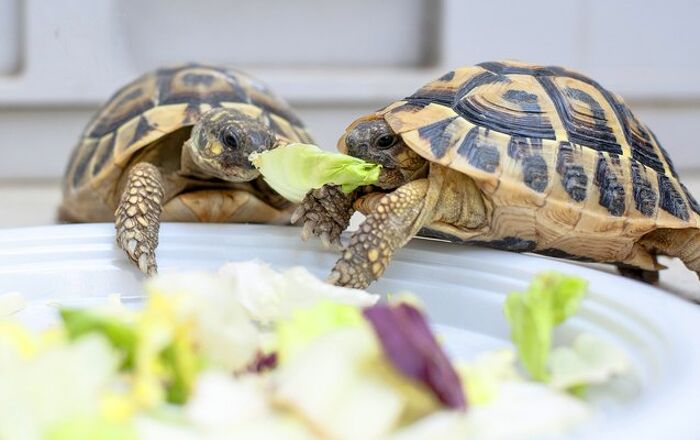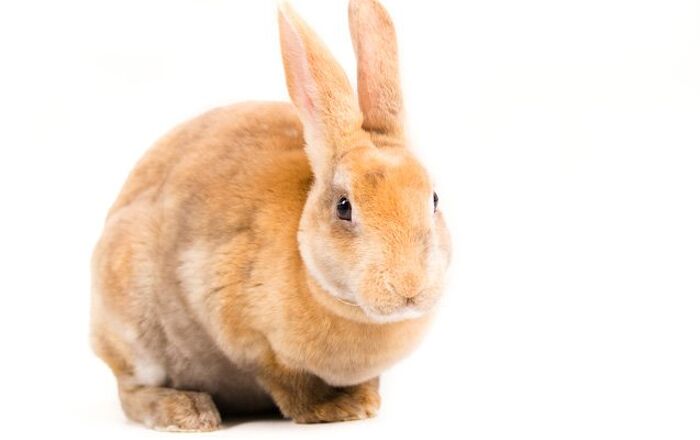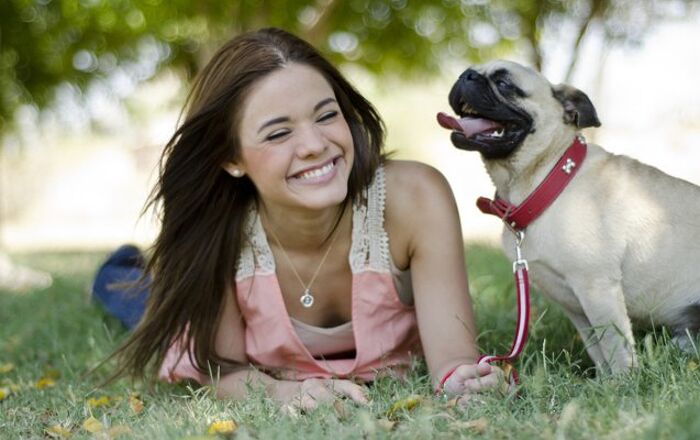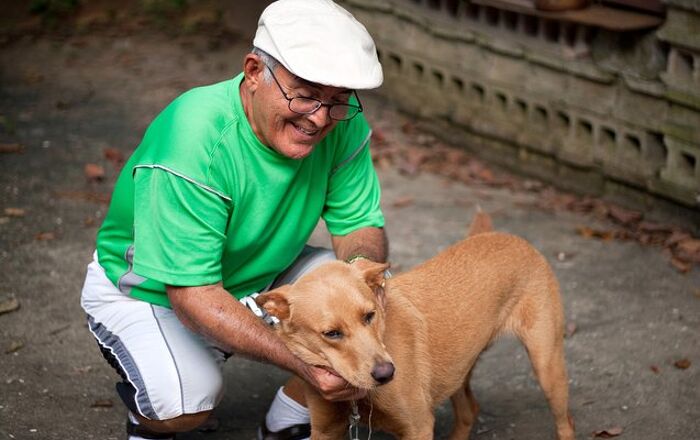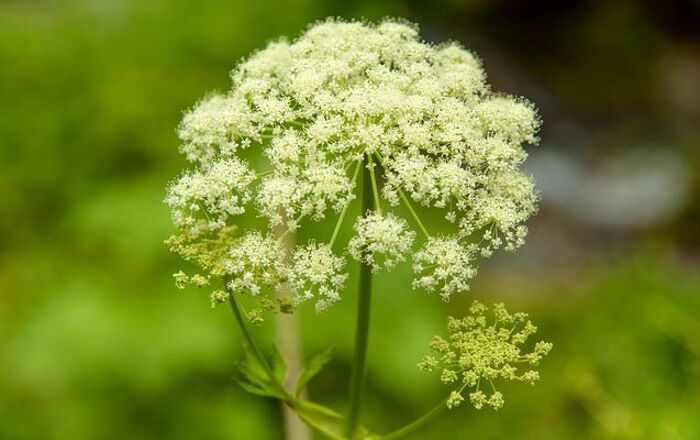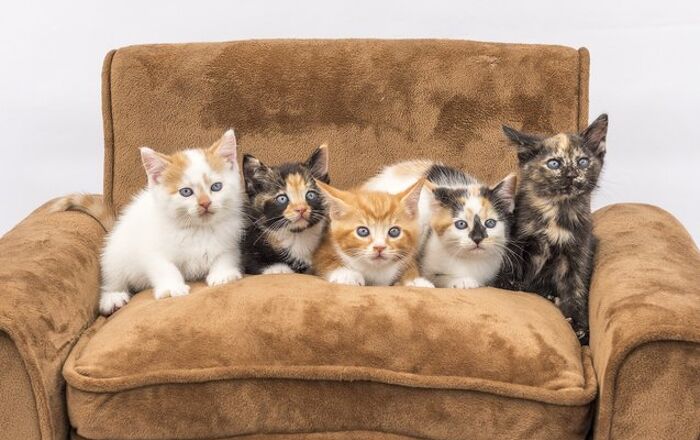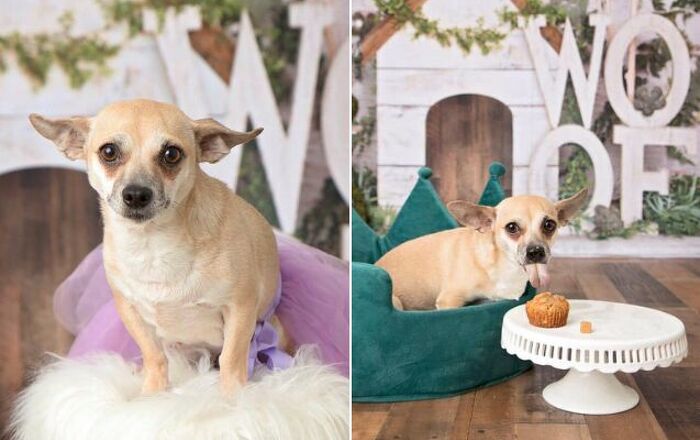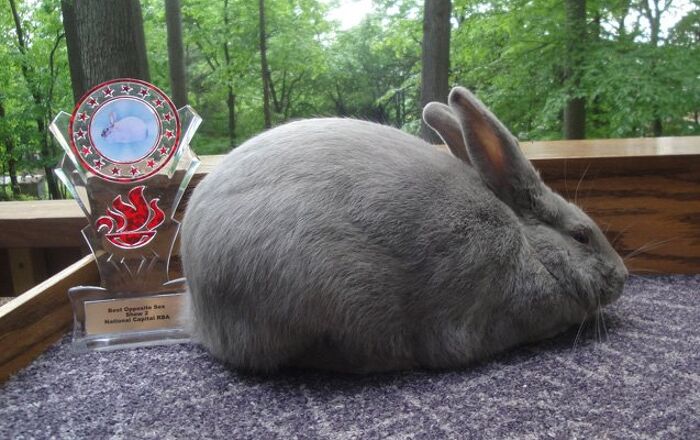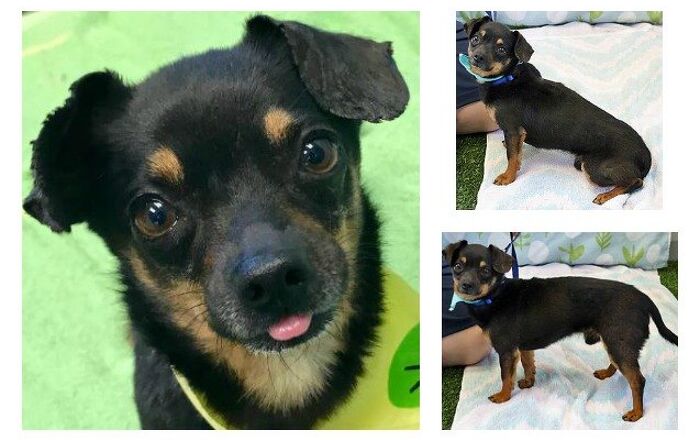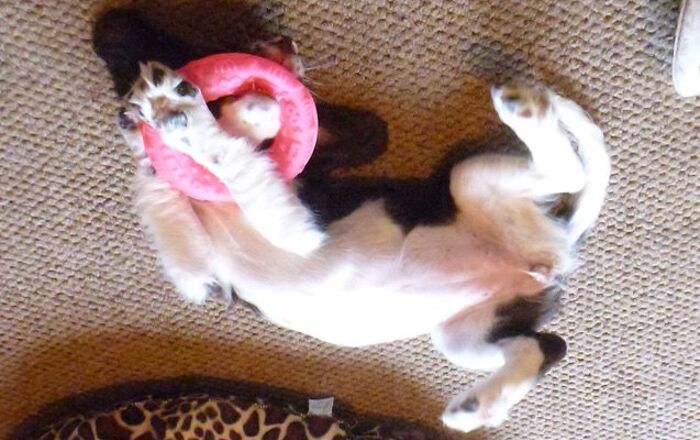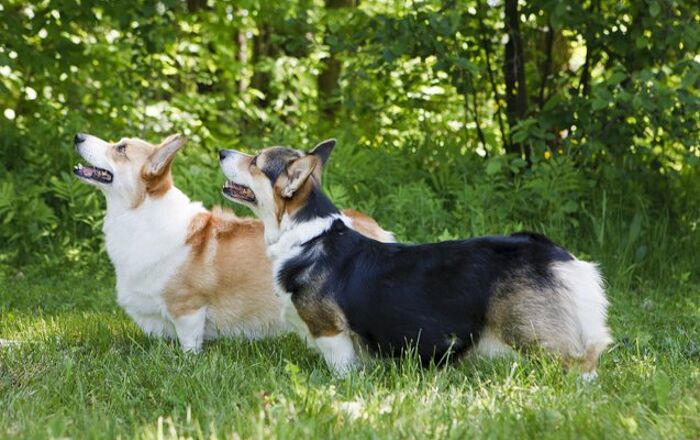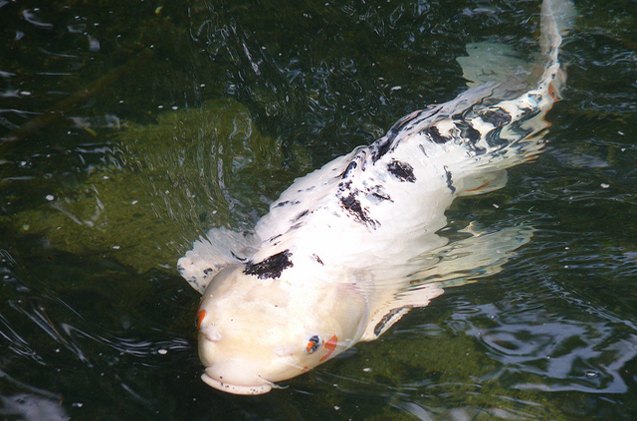
Koi General description
Koi are one of the most popular types of pond fish. Their bodies, which are long and powerful, are very similar to that of the wild carp. The Koi’s physical appearance also resembles that of a common goldfish, but unlike the goldfish the Koi has two barbells on the underside of its mouth. They often grow to lengths of over 24 inches and are more suitable for outdoor ponds than aquariums.
Koi are one of the most popular types of pond fish.
Origins
Like its goldfish cousins, the Koi too originated from the common Asian carp. While the exact origins are unclear, it is widely believed that the natural color mutations in the common carp occurred across China and Japan around the same time. But it was the Japanese that started breeding these natural color mutations of carp to create them.
Color
While Koi mostly come in white, black, red, yellow, blue, and cream color variants, there are thousands of other color combinations that occur.
Maintenance and care
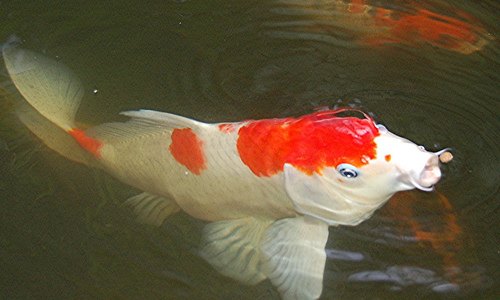
When fed well and given adequate space, Koi will often grow to lengths of 24 inches or larger. For this reason, it is not advisable to attempt to raise them in an aquarium. Instead they should be raised in large ponds of 1000 gallons or more. Very large Koi will often require ponds of 10,000 gallons or more. They are a relatively hardy species of aquarium fish and thrive in medium hard, pH neutral, moderately cold water.
Koi, like their carp ancestors are community fish and thrive when kept in large shoals. They are extremely fast swimmers and should not be kept with slower species of fish because they will often out-swim and out-compete them for food. They should also not be kept with smaller species of fish because they can turn predatory towards them.
Feeding
Koi are omnivores and will eat almost anything that will fit in their mouths. In fact, care should be taken when feeding to ensure that they do not overeat. They can be fed on a regular diet of specialized pellets and sticks and fed occasional treats such as shelled peas, Romaine lettuce, oranges, earthworms, and ghost shrimp. It is also important to remember to lower the protein content of the Koi’s diet during the colder months of the year when their metabolism slows down, and cease feeding altogether in extremely cold temperatures.
When fed well and given adequate space, Koi will often grow to lengths of 24 inches or larger.
Breeding
Koi usually spawn during the late spring/early summer months when there is a slight increase of water temperature. Spawning can be encouraged by feeding Koi a high protein diet and slightly increasing the quantities that they are fed over a few days. They often look for heavily planted areas to lay their eggs. This can sometimes be a problem in a pond because they are known to quickly uproot and destroy any sort of plant growth. This problem can be solved by introducing a spawning mat into the pond. It is important to remove the spawning mat as soon as the eggs are laid because Koi will instantly devour any eggs and fry they come across. The eggs usually hatch within 4-5 days and the fry can be fed on brine shrimp and crushed flakes.
Aquarium varieties
Kohaku, Taisho Sanke, Showa Sanke, Tanchō, Chagoi, Asagi, Utsurimono, Bekko, Goshiki, Shūsui, Kinginrin, Kawarimono, Ōgon, Kumonryū, Ochiba, Koromo, Hikari-moyomono, Kikokuryū, Kin-Kikokuryū, Ghost, Butterfly, Doitsu-goi, etc.
Photo credit: Aquafanatic/Wikimedia; turquoise field/Flickr

